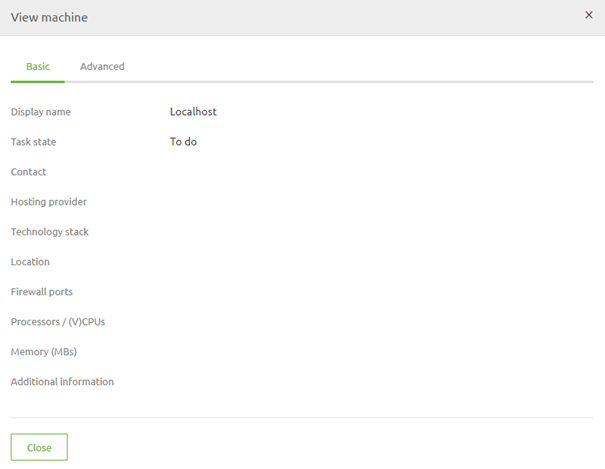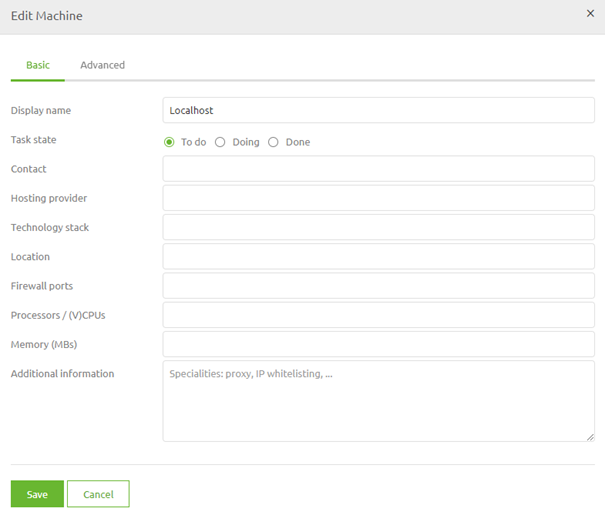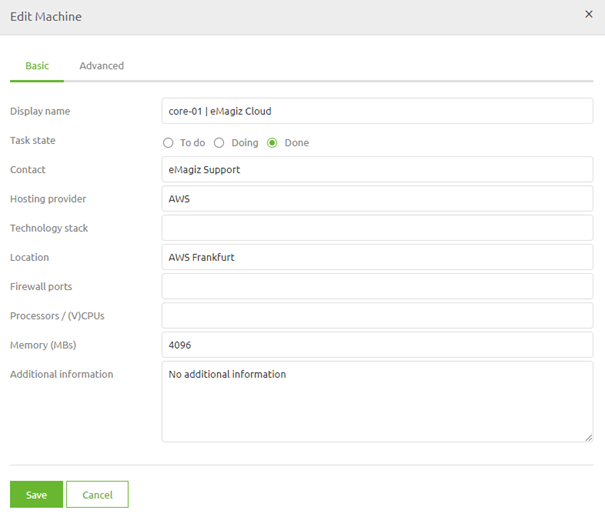Storing Metadata - Design Architecture
In this microlearning, we’ll focus on the importance of storing metadata at the machine level within your integration environment. Metadata refers to key information about a machine, such as its host, contact details, and custom settings. By effectively storing this data, you and your colleagues can easily identify where machines are running, know who to contact in case of issues, and be aware of any special considerations for updates or maintenance.
Should you have any questions, please contact academy@emagiz.com.
1. Prerequisites
- Basic knowledge of the eMagiz platform
2. Key concepts
This microlearning centers around learning how to store metadata on a machine level to give you and your colleagues' insights into what is happening.
With metadata we mean: Information that tells us something about the characteristics of a machine (i.e. host, name, contact, IP-whitelisting)
Storing metadata can help you:
- See where machines are running specifically
- See who you should contact in case of troubles
- See if there are any custom settings, special consideration when updating anything on that machine
3. Storing Metadata - Design Architecture
Once again we find ourselves in Design -> Architecture.
When you double click on a machine or view it via the context menu you get a pop-up detailing information that could help you.

As you can see it is still a pretty blank page at the moment. When you press Start Editing you can edit this information

Let us fill in some of the details to get a feeling of how the information can help you


As you can see from the examples given it is quite easy to register some information on machine level in a way that all can benefit
4. Key takeaways
Storing metadata can help you:
- See where machines are running specifically
- See who you should contact in case of troubles
- See if there are any custom settings, special consideration when updating anything on that machine
